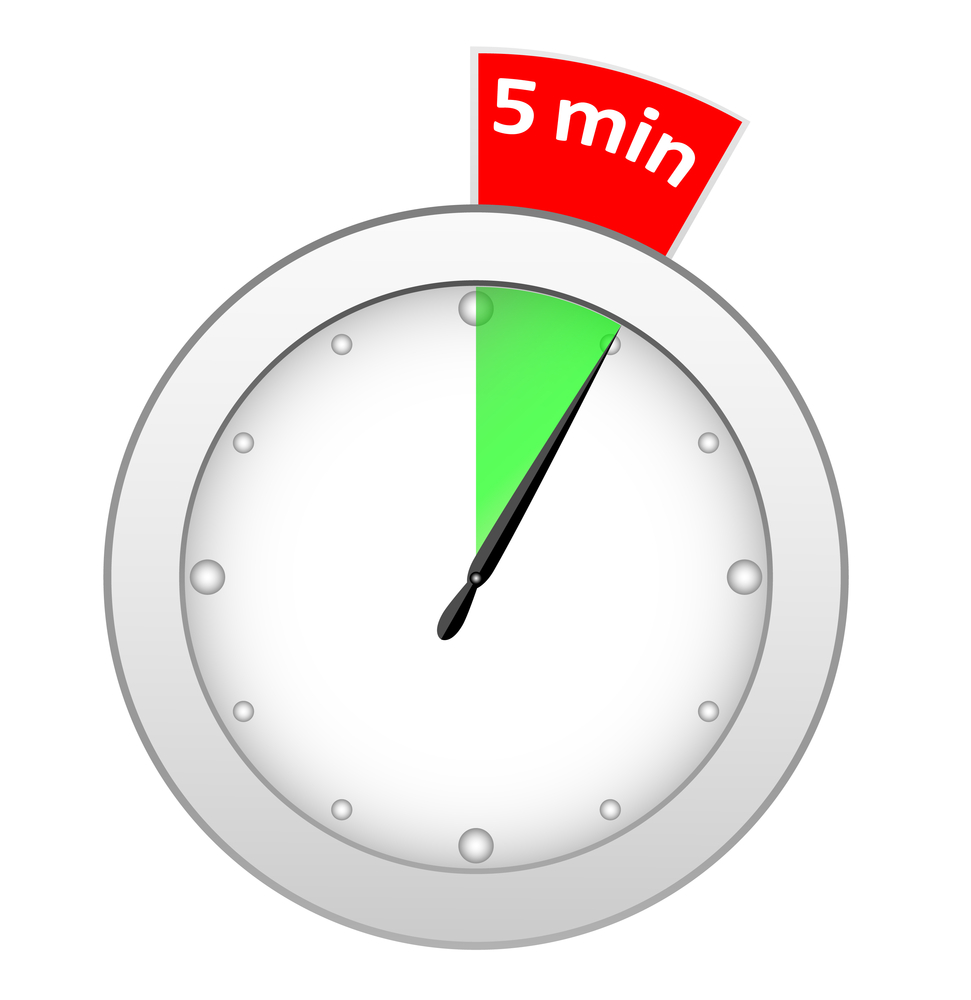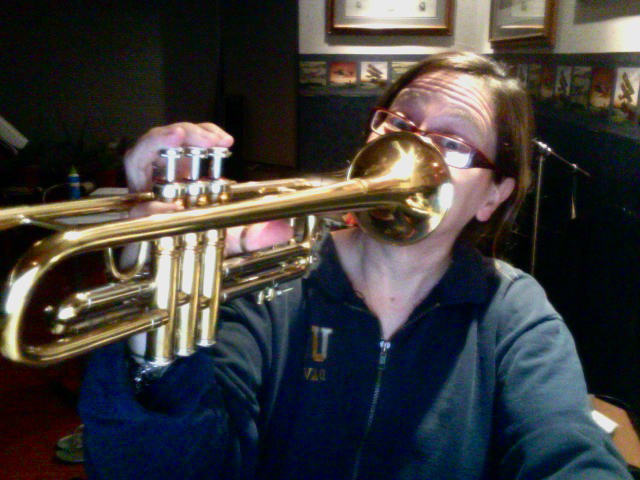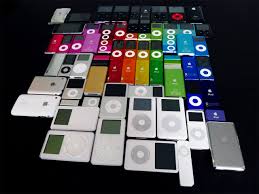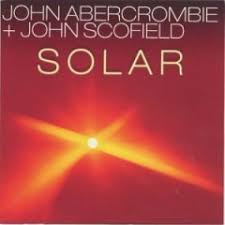 |
| Composer and musician: John Zorn |
"I make music in my home, and I'll tell you what my home is. My home is not just an apartment. I've been living in the same place for 38 years. My home is a device — a device for enabling creativity. A device for cutting out the chaos outside that people think is reality; that's chaos. My home is a way of insulating myself and stripping that away so I can get into what reality is for me, which is creativity." - John Zorn
John Zorn is describing an important element to the creative process that is often overlooked: your environment. Where do you create? Have you made this place a location that allows for the state of "flow" or optimal creativity? Or is your environment not doing the job that Mr. Zorn describes as "cutting out the chaos outside"? Have you even thought about this?
Now this can be a very personal thing. Some visual artist's studios are meticulously organized. Some to the outsider appear to be a slovenly mess. Compare Georgia O'Keefe's pristine, focused, light-filled studio to Alexander Calder's gritty, chaotic dwelling. Each one serves the intended purpose of the artists. Those of you who are art fans may even be nodding your head and seeing a reflection of these artists output in how the organize their work environment.
 |
| O'Keefe's studio |
 |
| Calder's studio |
 |
| Calder: Picassomio |
 |
| O'Keefe: White Trumpet Flower |
So let's talk about the environment in which we create music. In the world of performance, clearly that environment is the stage, bandstand, arena, or recording studio. Music in this case is meant to be performed for others and the environment supports that and can even shape it. David Byrne in his excellent book "How Music Works" spends his early chapters supporting the theory that the venue is the primary catalyst for determining style. He demonstrates that venues as diverse as the cathedrals in the Renaissance, parlors in the Enlightenment, stadium arenas in the 1970s and dives like CBGBs in the punk scene actually have much more to do with the development of style than we often think.
However, I would like to explore the creative musician's studio. This would be the spot where the craft is honed. This is not a place where the music is being performed as art for an audience. It is where the musicians and composers develop their craft. It is where they practice, write, improvise, create, listen and think about music. And for most of us, it is in our home.
Now just like O'Keefe and Calder, each one of us will have a unique way of constructing this environment based on our style and personal aesthetic. However, there are some universal things we should consider when creating a space conducive to creative work.
- Find an aesthetically pleasing spot relatively isolated from the rest of your home. It may not be possible to have a room dedicated just to your music creation. However, you want to find some area that will be devoted to this task. It could be a section of an existing space where you will be able to work with minimal distraction. It should also be aesthetically pleasing. Yes, it may be easiest to throw all of your gear in a cold unfinished basement to get out of the way of the other members of your household. However, staring at insulation in the beams and efflorescence on the concrete walls may keep you from connecting to your muse. Spruce up your location with what makes you comfortable.
- Outfit your space with tools to create. Just as a visual artist has every type of brush, paint, chisel, paper on hand, you should take inventory of the musical tools you have available. When you are inspired, you don't want to have to be searching for one of these items. It may depend on your creative intentions but some basic tools could be:
- your main instrument
- a piano or keyboard
- stereo system with inputs for all sources (CD, MP3 player, vinyl, etc.)
- staff paper and notebook paper
- electronic tuner
- pencils
- a comfortable chair if you play seated, extra seating for guests
- music stands
- recording equipment or software
- percussion equipment
- a metronome or drum machine
- a whiteboard (for notes, goals, concepts, composition ideas)
- a bulletin board to post long term goals, activities, ideas
- Use technology when appropriate but be careful. Many of the above items are now available on your phone, Ipod, tablet or computer. We live in an amazing time. On my Ipod I have recording software, drumloops, playalong tools, looping tools, "slow downer" software, metronomes, and electronic tuners. All of these tools can increase productivity, but like anything tech-related they can work against you. For one thing they are fun to play with but unless they are helping you with your creative goals, they are just toys. It can also distract you by encouraging you to check e-mail or social networking sites during your sessions. Work with these great tools but make sure you are in charge. It is worth remembering that Stravinsky, Charlie Parker and John Lennon were quite creative without these devices (although they did use the technology available to them!)
- When you are working in this space, let everyone know that you should not be disturbed. If you have a family who is in the habit of needing you at a moment's notice you have a couple options.
- Use this space when everyone is asleep (early morning/late at night).
- Use it when they are away.
- Have a way of letting your family know you will be working and should not be disturbed. Since our most productive work happens with the first half hour, these sessions need not be long. But they should be undisturbed.
- Have a secondary place in the main area of your home for when the muse strikes. Keep some musical tools accessible in your main living area. This may be a piano, second instrument, staff papers, recording device. Sometimes 5 minutes is all you need to make some creative progress. And if you have to go to your "designated" creative spot to use these 5 minutes, you may lose to urge to work.
- The most important creative environment is actually in your mind! Yes the external environment is important, but creativity happens in your head first. Which means you should practice your work with music everywhere not just in this studio. In line at the post office? Work on harmonizing a melody in your head. Sitting in traffic? Pick a tune and visualize the sheet music and changes. At the grocery check out? Practice polyrhythms using konokol. Waiting at the doctor's office? Transcribe the chord progression and melody to that REO Speedwagon song that is playing in the waiting room. Keep your brain actively thinking and involved with music and you will boost your creativity.
 The biggest roadblock to creativity is not lack of talent, vision, or ideas. What keeps many from creating is simply getting started. While most want to create art, we often aren't motivated to begin the work. We keep pushing it off like it is a dreaded chore, like cleaning out the garage. Sure it would be great once the garage is clean. And it might be fun to finally start going through all that junk. But that initial push required to get started can make this a formidable task.
The biggest roadblock to creativity is not lack of talent, vision, or ideas. What keeps many from creating is simply getting started. While most want to create art, we often aren't motivated to begin the work. We keep pushing it off like it is a dreaded chore, like cleaning out the garage. Sure it would be great once the garage is clean. And it might be fun to finally start going through all that junk. But that initial push required to get started can make this a formidable task.  You want to get going on it, but just haven't started it yet. There are probably lots of legitimate excuses for why you haven't started it, but forget about them for now. Right now, I want you to give yourself five minutes. Go! Work on that project for five minutes. Just get started.
You want to get going on it, but just haven't started it yet. There are probably lots of legitimate excuses for why you haven't started it, but forget about them for now. Right now, I want you to give yourself five minutes. Go! Work on that project for five minutes. Just get started.










